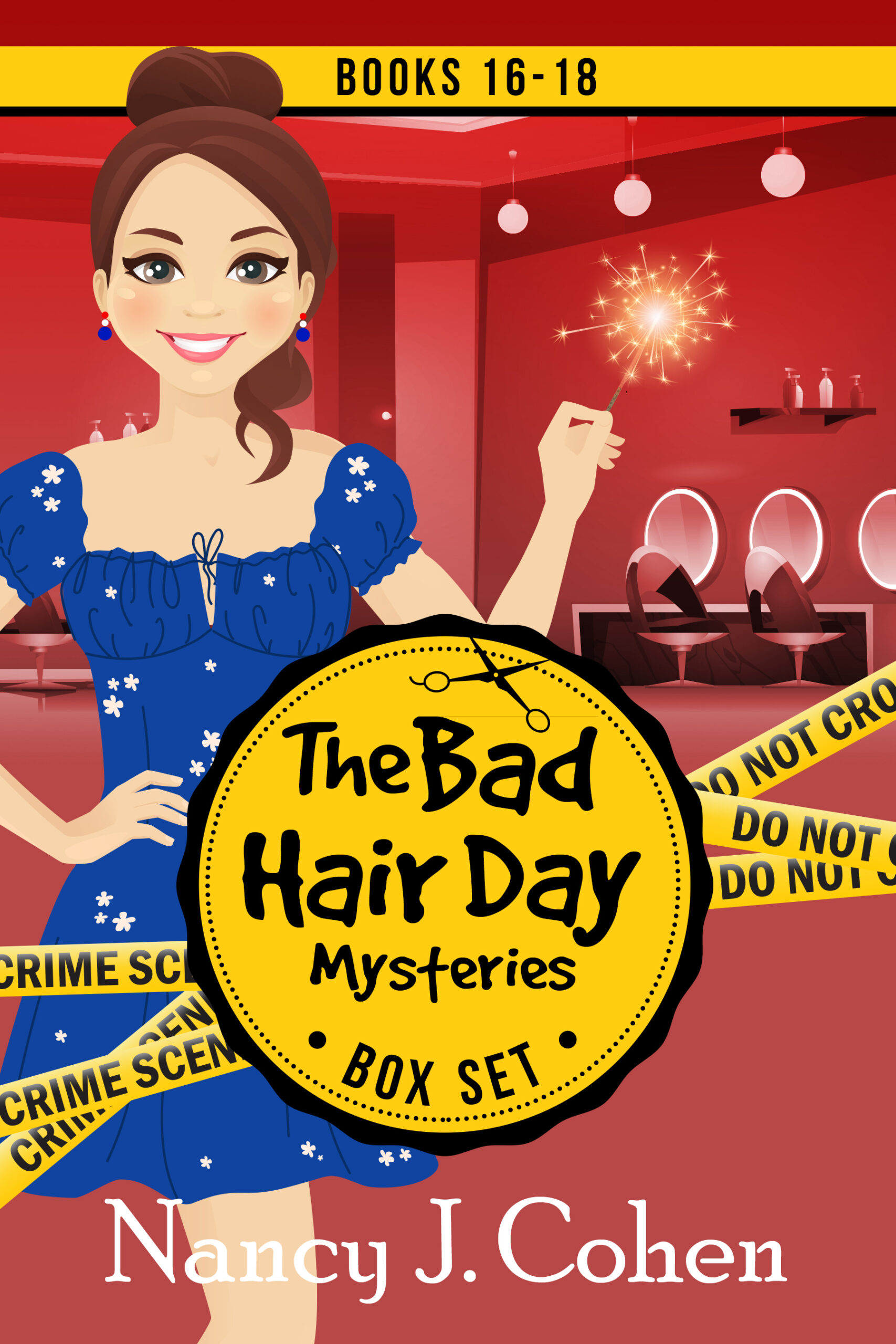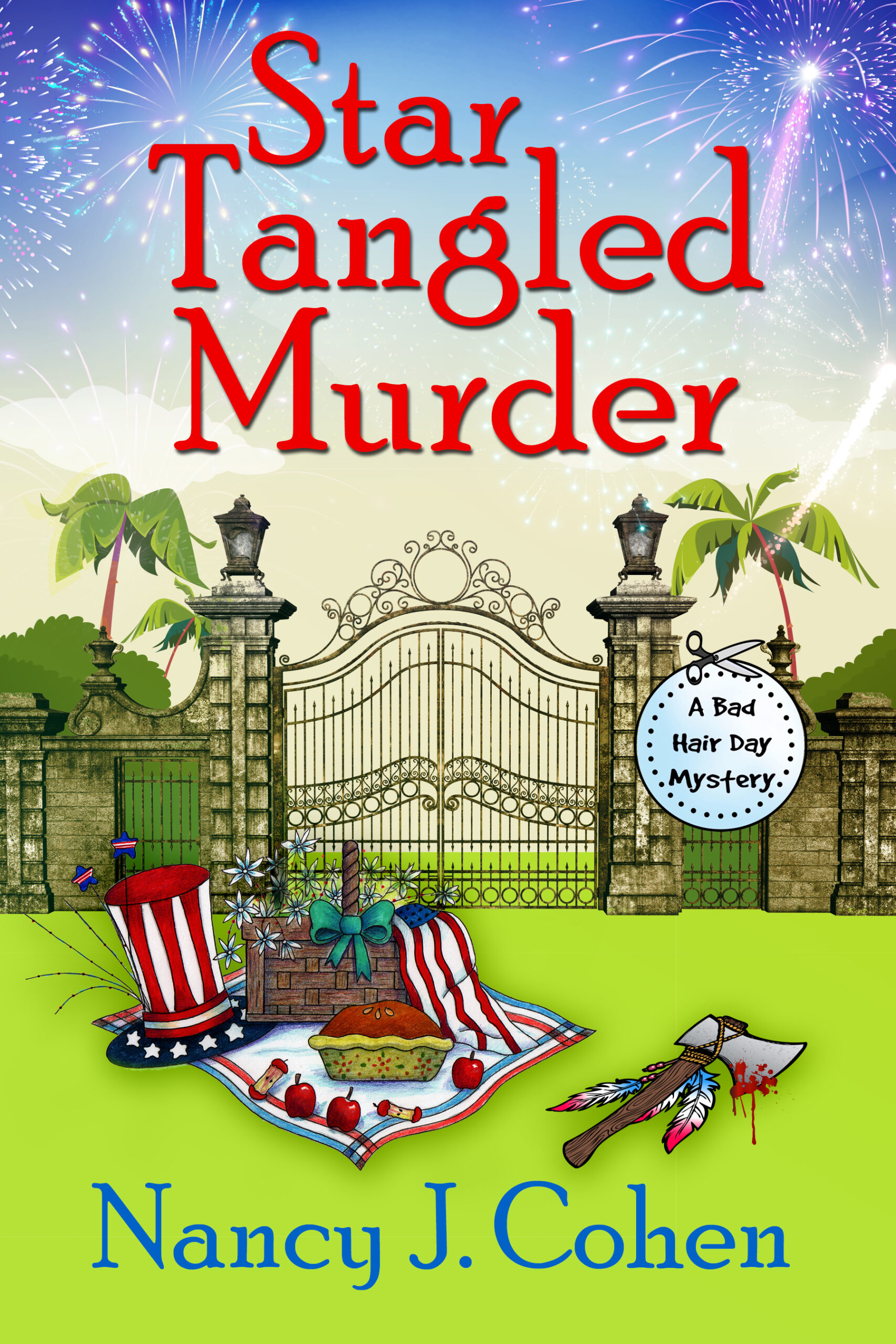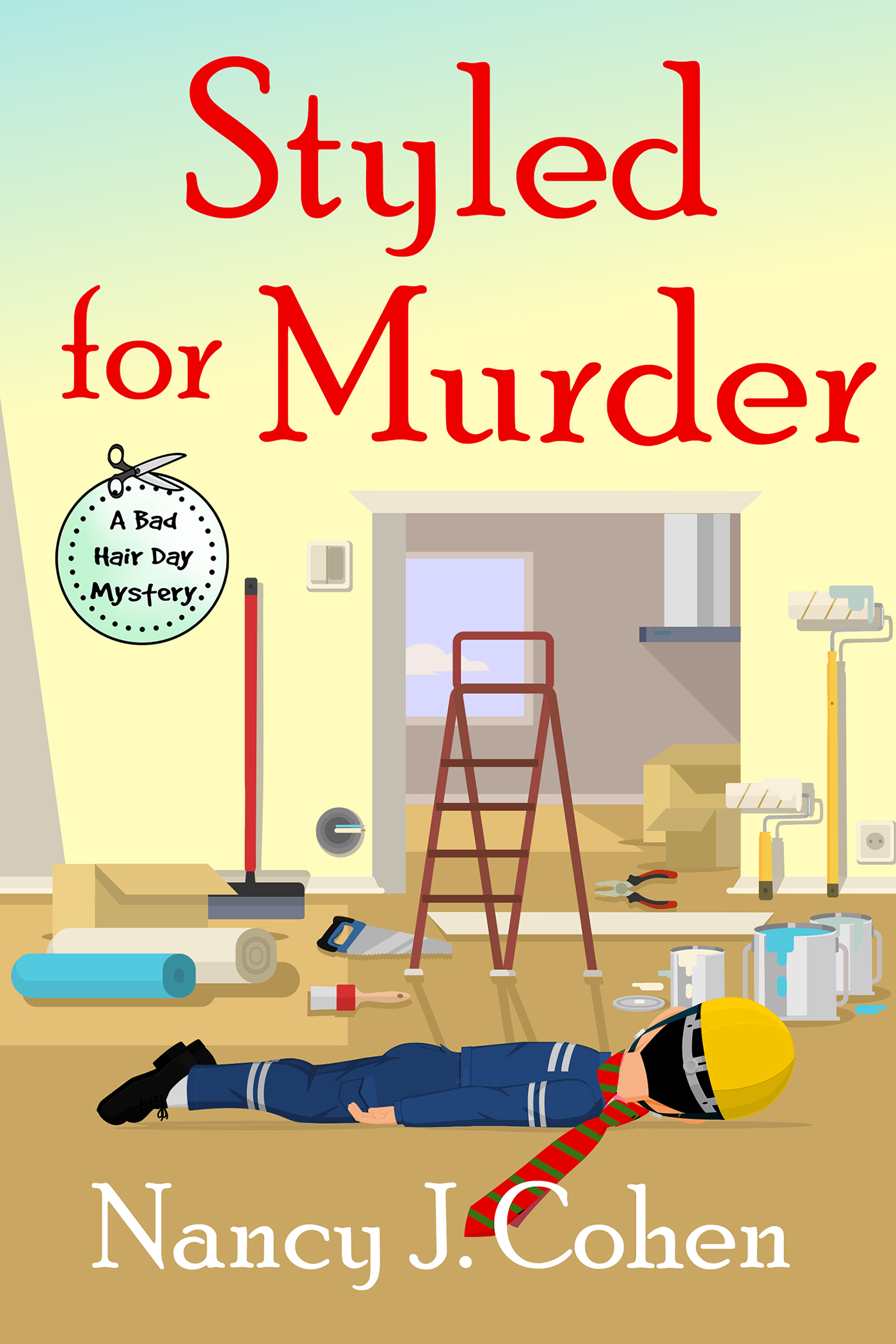In the previous post, we mentioned why you might choose to self-publish your work. You may have backlist titles to reissue or have a nonfiction project you want to publish or prefer to go indie to take control of your writing career. Depending on whether these are older titles or new ones, your approach to indie publishing may be different.
Older Titles
If you wrote your books back in the day when we mailed our works in, you might have to hire a scanning company such as Blue Leaf to scan in your published works. You’ll need a print copy to send in, and it won’t be returned. Send the version that’s the most up to date, i.e. later paperback instead of original hardcover.
After receiving your digital copy, review the story to correct formatting errors. Turn on the paragraph symbol in Word and look for weird symbols in between letters, missing or wrong punctuation, misinterpreted words, and misspellings. Search for ^- or an optional hyphen. Look for “die” instead of “the” or the number 1 instead of “I.” Italics might be missing or bolded instead. Look for “rn” coming out as “m”, such as “comer” instead of “corner.” In other cases “tly” might come as “dy”, as in “slighdy instead of “slightly.” Quote marks might be reversed, or there could be section breaks instead of page breaks.
If your publisher has provided you with a final pdf file, or you’ve downloaded an ebook file, you can use Calibre Ebook Management or Zamzar to convert it into Word.
However, the formatting may be messed up. In this case, copy the entire document onto a blank sheet and save it as a text file. Click on Clear Formatting symbol. You will lose italics but any weird justifications will be gone. You’ll have to read through the story adding in italics and space breaks as needed.
Determine if you will re-edit the work or make major revisions. You might find your writing has changed greatly in the interim, and what you’d published before, although professionally edited at your publishing house, isn’t up to your current standards. So go through and make corrections. Don’t forget to update technology and remove any dated references.
Original Works
Use a program such as Smart Edit (https://www.smart-edit.com/) to look for redundancies and repetitions. Revise your work as many times as necessary to give it professional polish. Ask beta readers to critique your story. Make it the best it can be and don’t be impatient, or your lack of care will show in customer reviews.
For a full-length original novel, I strongly recommend that you hire a developmental editor and possibly a copy editor. Join author groups online and ask for names of editors who have experience in your fiction genre. You don’t want the local newspaper editor or English teacher who’s your friend. Fiction is about structure and pacing along with many other elements. You need an editor familiar with genre conventions. Experience at a publishing house is a plus.
The next step will be to solicit Beta Readers. These are fans who are familiar with your prior work or who volunteer if you send out a request via your newsletter or Facebook page. Write down what type of feedback you want and set a deadline for a response. It’s amazing what these diligent readers will find. They’ll also tell you what works and what doesn’t from a reader’s viewpoint.
Preparing Your Book for Self-Publishing #indiepub #writingtips Share on XThe main point of this article is to make sure you have a polished, edited work that you’ll be proud to publish. Once you have the manuscript ready to go, you’ll need to add front and back material. Look for my next blog on this topic.
GIVEAWAY
Enter Now to win a free book from Booklover’s Bench in our May giveaway.
2 thoughts on “Preparing Your Book for Self-Publishing”
Comments are closed.

























Nancy,
As usual, you provide very helpful information to fellow writers.
Thanks so much, Jacqueline. I’m always glad when you visit my blog.